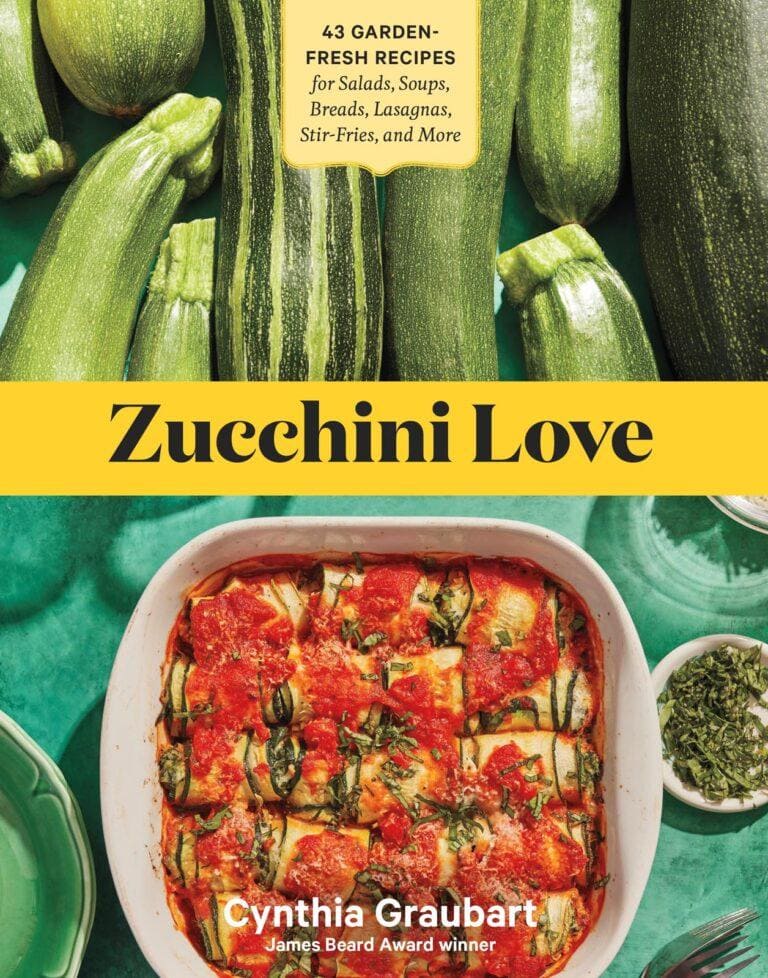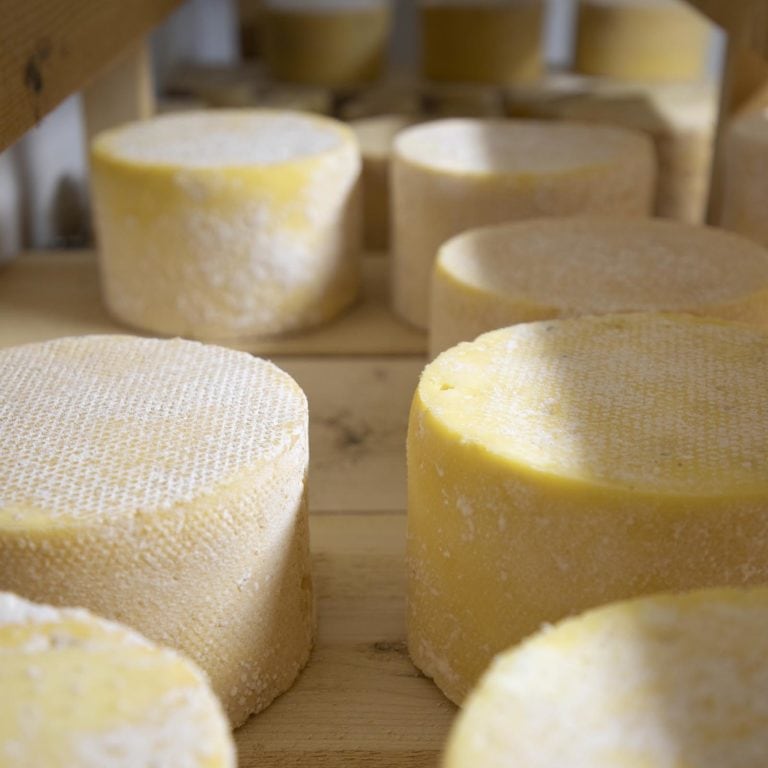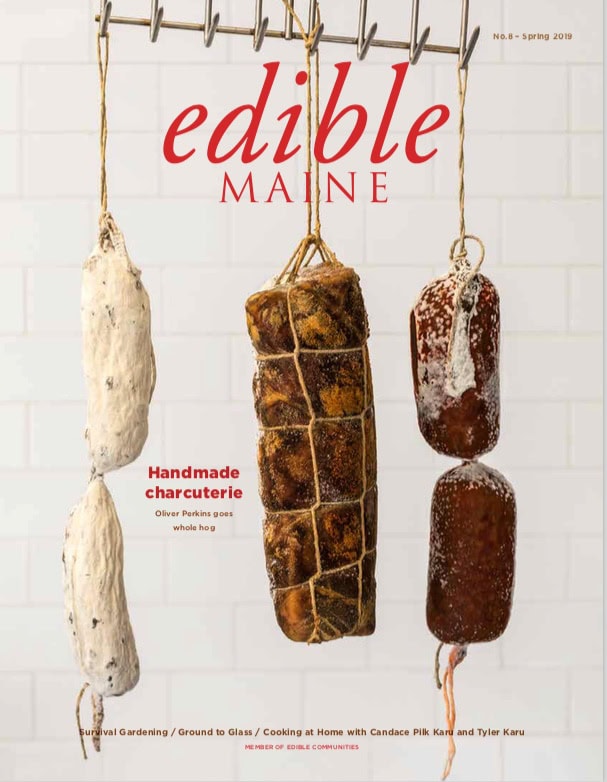Waste not, want not. It’s a basic tenet for sourcing, cooking, and eating sustainably. Here, the edible MAINE staff serves up ways to use up any special ingredients the recipes in this issue may have brought into your kitchen.
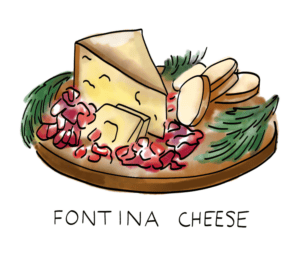
Fontina
Fontina is a northern Italian alpine cheese. A pantry staple, it serves as both a mildly sweet table cheese and an ingredient melted into sauces, shredded over pizza, or pressed into a grilled sandwich. Young fontina can be found in the fine cheese section at grocery stores, but head to The Cheese Iron in Scarborough for aged varieties.
Glutinous Rice Flour
Glutinous rice flour has many names. It’s called sweet rice flour and is available at Asian grocery stores as mochigome, chapssal, and malagkit (its Japanese, Korean, and Tagalog names, respectively). In contrast to plain rice flour, glutinous rice flour is made from short-grain rice and becomes especially chewy when cooked. It’s a main ingredient in mochi, boba tea pearls, and Korean rice noodles.

GRILLED CHEWY RICE CAKES
Combine 1/3 cup water, 1/4 cup coconut milk, 3 tablespoons sugar, and 2 teaspoons vegetable oil in a small pot over medium heat. Bring to a simmer. Add 1 cup glutinous rice flour. Stir vigorously until a dough forms. Knead with oiled hands for 10 minutes. Divide dough into eight portions and roll each into a ball. Flatten balls and fry them in a skillet coated in vegetable oil over medium-low heat for 5 minutes per side. Eat warm.
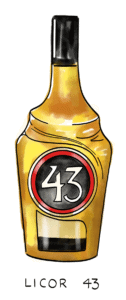
Licor 43
Also known as Cuarenta y Tres in Spanish, Licor 43 is a bright yellow, vanilla-forward liqueur from Spain. Only five of its 43 ingredients (lemon, orange, vanilla, coriander, and tea) are known; the whole recipe is guarded by the Zamora family, who started bottling what they say is an ancient recipe in 1946. Use it as a flavoring in vanilla cupcake frosting or as the booze in your next tiramisu.
Pomegranate Molasses
This is a tangy syrup used widely in Middle Eastern cooking. Given the recent availability of pomegranate juice in grocery stores, it’s easy to make your own.
POMEGRANATE SYRUP
Combine 4 cups pomegranate juice, a half cup sugar, and 1/4 cup lemon juice in a saucepan over medium-high heat. When mixture boils, reduce heat to low. Reduces to a syrup that coats the back of a spoon. Store in the refrigerator for six months.
Ras El Hanout
This is a spice mix traditionally used in North African cuisine. It’s warm—not really spicy—with a woody, pungent, slightly bitter flavor balanced by the sweetness of nutmeg, cinnamon, and cloves. Given the volume of its strong flavors, it’s most often used as a rub for meats and in stews. Both Gryffon Ridge Spice Merchants and Skordo sell ras el hanout.

Soft Peppermint Sticks
More porous than candy canes, these stubby, chunky, spicy sticks are found in most old-time candy shops in Maine. Use them as pseudo-straws for sipping all sorts of delicious liquids. Sticking one in a whole lemon for a treat you’ll find at most summertime fairs in Maryland.






